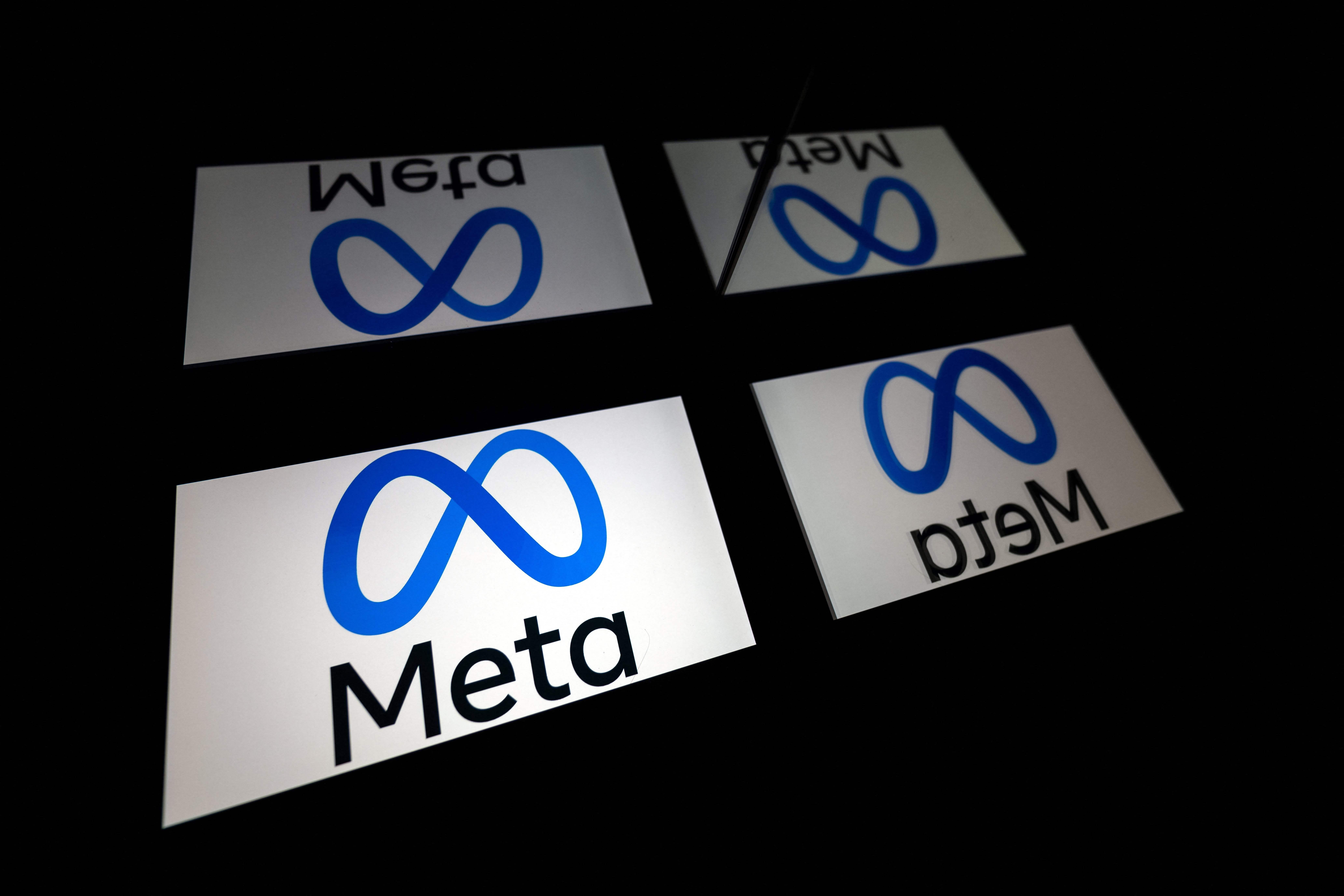Global Courant 2023-04-14 16:00:39
The electoral campaign began on March 27 and since then the political parties have had a free hand to position their candidates who participate in the electoral contest. The groups can choose to advertise in traditional media, through the Media Unit of the Supreme Electoral Tribunal (TSE), and through social networks, at their discretion.
According to the study by the creative agency We Are Social, which they carry out year after year, in Guatemala by 2023 there will be 8.7 million users on social networks, of which 51.1 percent are men. The caveat is made that the navigators do not represent an individual, that is to say that a citizen may or may not have more than one user in the studied cyberspace.
In addition, the report details that there are 7.95 million potential audiences that can be reached with advertising on Facebook, while on Instagram the potential audience is 2.85 million. Both platforms belong to Meta and only in them did the Supreme Electoral Tribunal (TSE) endorse the direct contracting of advertising.
This was due to the fact that political advertising is allowed in both, unlike Twitter where it cannot be done (and it does not belong to Meta) and TikTok, which does not allow any type of pattern.
According to the records of the US conglomerate, the party that has invested the most in advertising on its platforms from April 3 to 9 is Cabal. The group has paid Q89 thousand 866 in that period for its promotion.
It is followed by the Victoria party with Q80 thousand 306, behind is the National Union of Hope (UNE) with Q50 thousand 137 and in fourth place Value with Q47 thousand 248 of investment. Regarding the Unionista, Visión con Valores (Viva), Bienestar Nacional (Bien), Comunidad Elefante, Azul and Vamos por una Guatemala Diferente parties, the records show less than Q10 thousand invested in guidelines. The total figure of the amount spent in those seven days among the ten groups amounts to Q291 thousand 749.
Meta accumulates a record of payment for political content on its social platforms since June 2022. There it is stated that Q2 million 197 thousand 529 have been paid for political content guidelines in Guatemala.
Investment by department
The Meta report shows that the department that has received most of the investment is Guatemala, to which the groups have allocated 44.4 percent of the resources in the mentioned period, followed by San Marcos and Quetzaltenango with 8.9 and 6.4 respectively.
According to the political scientist Anabela Amado, the parties may be using a strategy in which they seek to position themselves by what they bet on the capital, since it is the department with the largest number of registered residents. “The vote of the city has determined who ultimately wins the election,” she said.
In addition, this is influenced by access to social networks, which tends to be greater in more urban populations, said Amado, who also has a specialization in political marketing and is secretary of the Faculty of Political and Social Sciences at the University Rafael Landívar.
The journalist and researcher, Luis Assardo disagreed, since he considers that cementing the campaign through social networks is due to a “lack of strategy”, because the part of social networks is usually in charge of party members who are not necessarily experts. , so they do not exploit the segmentation issue.
The department of Guatemala is where the majority of those registered are, with more than two million, followed by Huehuetenango with more than 700,000, Alta Verapaz with close to 650,000, Quiché with 535,000 and Quetzaltenango with over 500,000.
Each party can choose which ad they want to show for which audience group. Cabal, UNE, Valor, Unionista, Bien, Azul and Vamos have concentrated their guideline amount in the department of Guatemala. while Victoria, Viva and Comunidad Elefante seek to reach the electorate of the other departments as well as the capital.
sanctions
Until April 12, the Specialized Unit on Communication Media and Opinion Studies had made 15 detections of anomalies in the guidelines on social networks. Pablo Portocarrero, head of the aforementioned office, explained that the reports are due to the fact that the campaign is being paid from the profiles or pages of followers of the candidates and not from the party.
The TSE established that this advertising can only be disseminated from the official pages of each group, which must be verified by Meta and registered with the electoral entity for monitoring and control.
In this sense, in the Meta reports some personal pages of candidates who have invested more than Q3 thousand were observed, despite the prohibition. “No pair, no candidate for deputy or mayor can advertise from his direct page,” Portocarrero specified, adding that the reports were transferred to the General Inspectorate for the corresponding investigation.
In February, the unit announced that the Meta mechanisms would only allow advertising paid from Guatemala. Portocarrero assured that up to now there has been no detection in this regard since the Meta mechanism should not allow it.
Assardo contributed that the validation and accreditation barriers for an ad to work require specific data in the disclaimer, in other words, from the person or organization responsible for the ads.
Meta does not accept payment methods that may be susceptible to anonymity, explained the expert, such as PayPal or similar. If the page is registered for Guatemala, the platform will only accept a method from the same country.
“It has to be a credit card and that alone ties you directly to a country,” Assardo clarified.
He also highlighted that some candidates have created fan pages with false names, even posing as the media to carry out more campaigns in favor of a person. He pointed out that this practice was more common before the start of the electoral campaign, some of the pages were later removed in an attempt to not be traceable.
Platform limitations
Amado also commented that the guidelines for electoral purposes in social networks are also subject to some limitations “they would have to be people who have technological skills or who are really using technology who have access to the Internet who have political motivations.”
According to his analysis, the amount of information that circulates on the platforms and the number of candidates can generate a saturation that can lead to a rejection of the content or can even confuse the voter.
In the same way, he listed the polarization that is generated by the interaction of users with the candidates or with the same information. On the other hand, the groups are also limited by time, since for this process a little less than three months were set for the electoral campaign.
Political figures on TikTok
Political candidates in this electoral campaign are also making use of the TikTok video platform, which is recognized for viralizing content. According to figures from the consulting company iLifeBelt, there are 8.5 million users of the application.
Assardo indicated that the social network is perceived as a novelty, because this is the first process in which it has boomed in the country and “everyone wants to get on the boat even if they don’t know how it works or what they do there, they want to be present.” He compared this behavior to that of the 2011 campaign when Twitter was the newest platform in Guatemala.
He pointed out that politicians may be saturating their channels with content trying to go viral, often with the same videos they post on other platforms, which leaves them out of the algorithm that is responsible for circulating the audiovisual.







